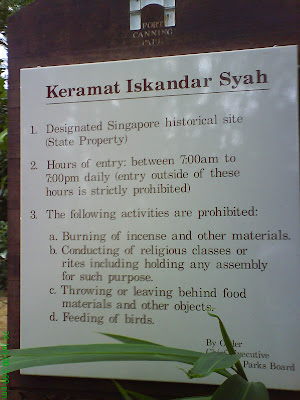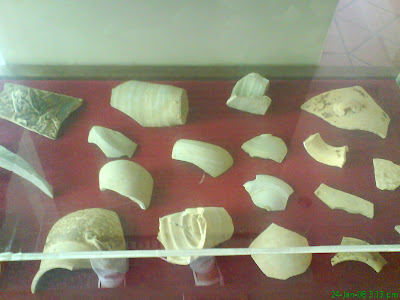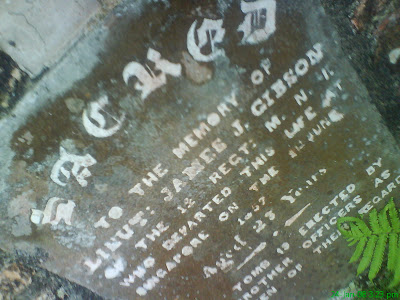Our last stop:

Now you know why we are so happy... =)

Fort Canning Park, once known as ‘Forbidden Hill’, is the most historic part of Singapore, where Malay and Chinese historical records indicated this hill as the center of a kingdom that arose around 1300AD.
Located within this park are a few places of interests, one of which would be the Keramat Iskandar Syah. A Malay meaning for sacred, the Keramat is the traditional burial ground of a well-known and respected leader. The place has a 14th century-styled Malay roof called a pendopo, supported by 20 wooden pillars carved in a fighting cock motif of Javanese origin.



Besides that, our group has also discovered some archaeological excavation sites where thousands of artifacts were uncovered, which then provided us with evidence that Fort Canning was a significant place even before the British arrival.










Some legend about Fort Canning Park: it was built by the British in the 1920s as headquarter for the Far East command and the office of Lt. - General Percival. In 1966 the Singapore Armed Forces(SAF) converted the building into its premier training institution, or so known as the Singapore Command and Staff College.
Nonetheless, the place is currently used as a town club, where it is open to public. Not only that, Fort Canning Park is also now commonly used as a place for wedding photos background! (:
But not to forget, as we were walking out of the park, we noticed the cupolas and the tombs on the boundary walls. The cupolas are still standing prominently in the park with not much damage to it. However, the tombs along the boundary walls were covered by mosses and some names were quite difficult to read. I noticed that most of the tombs belonged to Europeans (of course, for it is after all a Christian cemetery) and they seem to have some sort of achievements. How amazing.









We also made some interesting discovery along the way: Comics!




Hahah.




















































